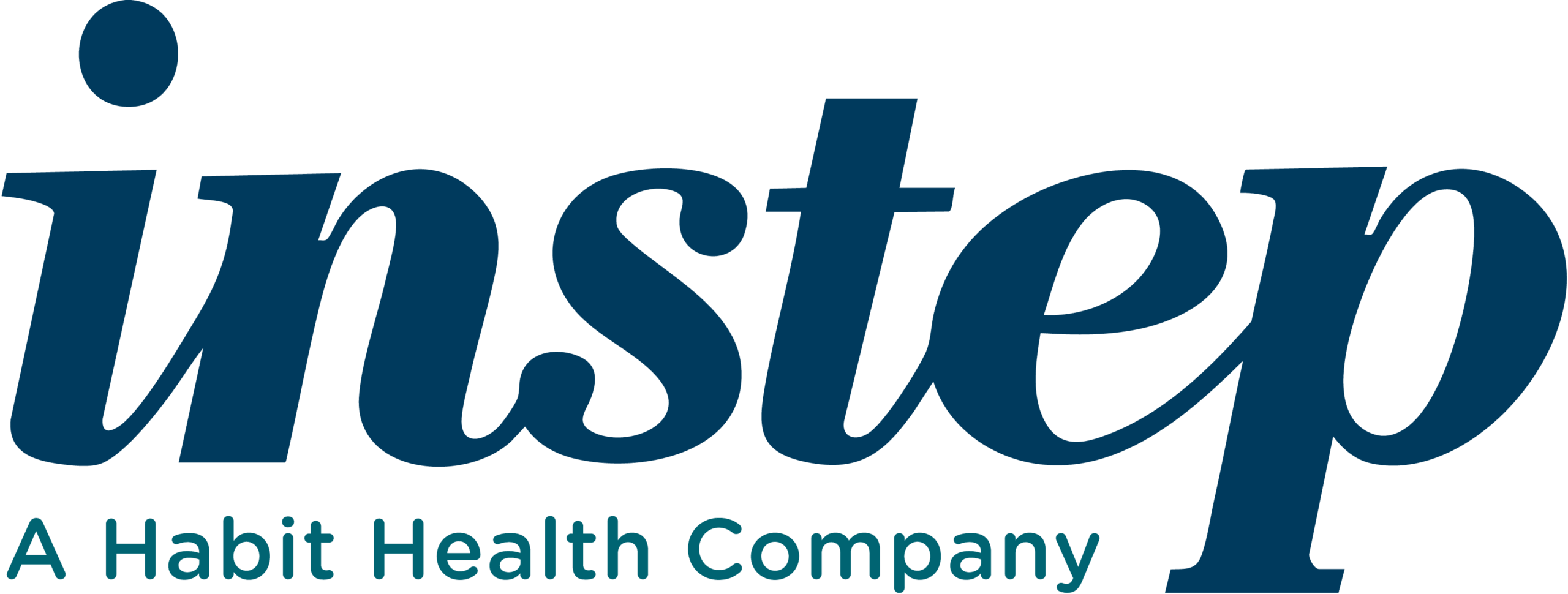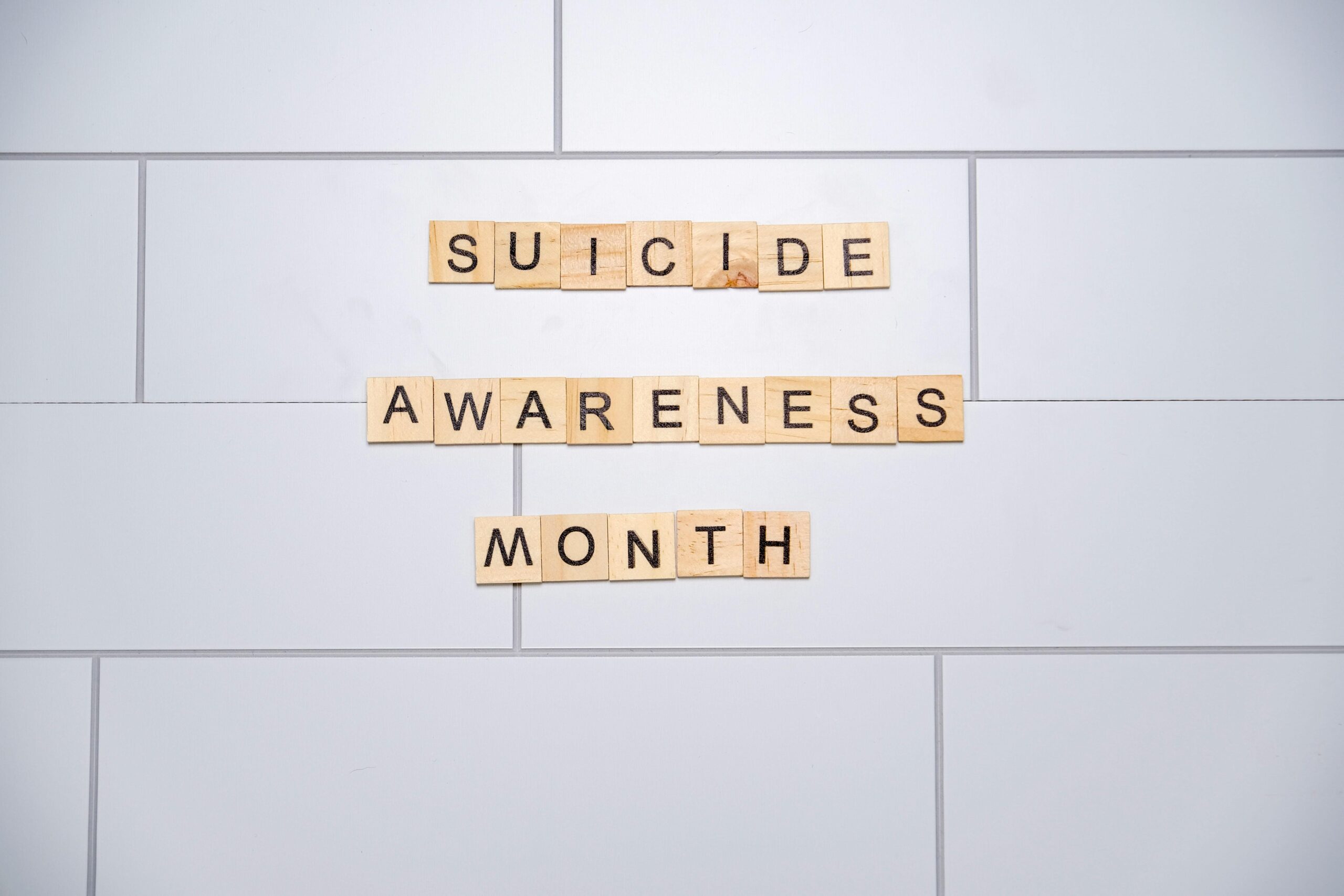Anxiety is a feeling that everyone experiences during times of increased stress. It can often be a necessary and even helpful emotion, as it may sharpen your thinking when tackling an important task or prompt you to take action in dangerous situations.
However, for some individuals, anxiety can interfere with their ability to engage in activities they want or need to do, such as attending social gatherings, going to the supermarket, or going to work. Recognising anxiety in yourself and others is essential for maintaining your well-being and fostering a productive work environment.
Recognising Anxiety in Yourself and Others
Anxiety can present itself through a range of physical, emotional, and behavioral symptoms. Here are some common signs to look out for:
Physical Symptoms:
- Rapid heartbeat
- Sweating
- Trembling or shaking
- Dizziness or light-headedness
- Gastrointestinal issues
Emotional Symptoms:
- Persistent worry or fear
- Restlessness or feeling on edge
- Irritability
- Difficulty concentrating
Behavioral Symptoms:
- Avoidance of certain situations
- Procrastination
- Changes in sleep or eating patterns
If you notice these symptoms in yourself or a colleague, it may be a sign of anxiety. It’s important to approach the situation with empathy and understanding.
How to Help Colleagues or Team Members with Anxiety
Supporting a colleague or team member with anxiety can make a significant difference in their wellbeing and productivity. Here are some effective strategies:
- Create a Safe Space: Encourage open communication about mental health and ensure that your workplace is a judgment-free zone. This can help colleagues feel more comfortable discussing their anxiety.
- Offer Support: Listen actively and empathetically when a colleague shares their experiences. Validate their feelings and offer practical assistance, such as helping with workload management or providing flexible work arrangements.
- Promote Stress-Management Techniques: Encourage the use of stress-management techniques like deep breathing exercises, mindfulness, and regular breaks. Providing resources such as access to an Employee Assistance Program (EAP) can also be beneficial.
- Educate Yourself and Others: Increase awareness about anxiety and mental health in the workplace. This can be done through workshops, training sessions, or sharing informative articles and resources.
- Encourage Professional Help: If a colleague’s anxiety is significantly impacting their daily life, gently suggest seeking professional help from a therapist or counselor.
Anxiety Self-Checklist
Use this short checklist to assess your own anxiety levels:
- Do you often feel restless or on edge?
- Do you frequently worry about various aspects of your life?
- Do you experience physical symptoms like rapid heartbeat, sweating, or dizziness?
- Do you avoid certain situations because they make you anxious?
- Do you have trouble concentrating or sleeping?
If you answered “yes” to several of these questions, it might be helpful to speak with a mental health professional or our Instep team. We are here to help you get back to a state of wellbeing.




